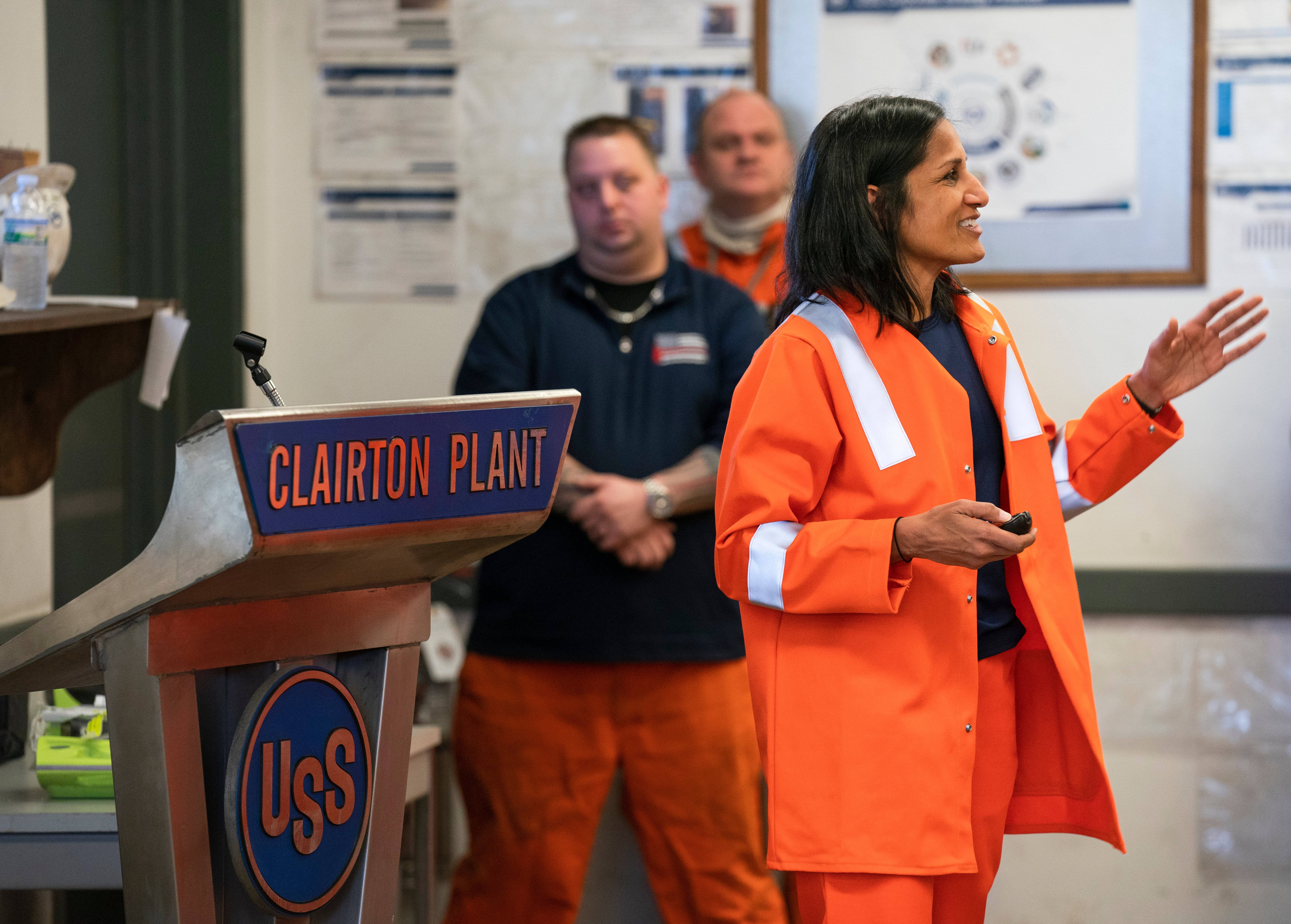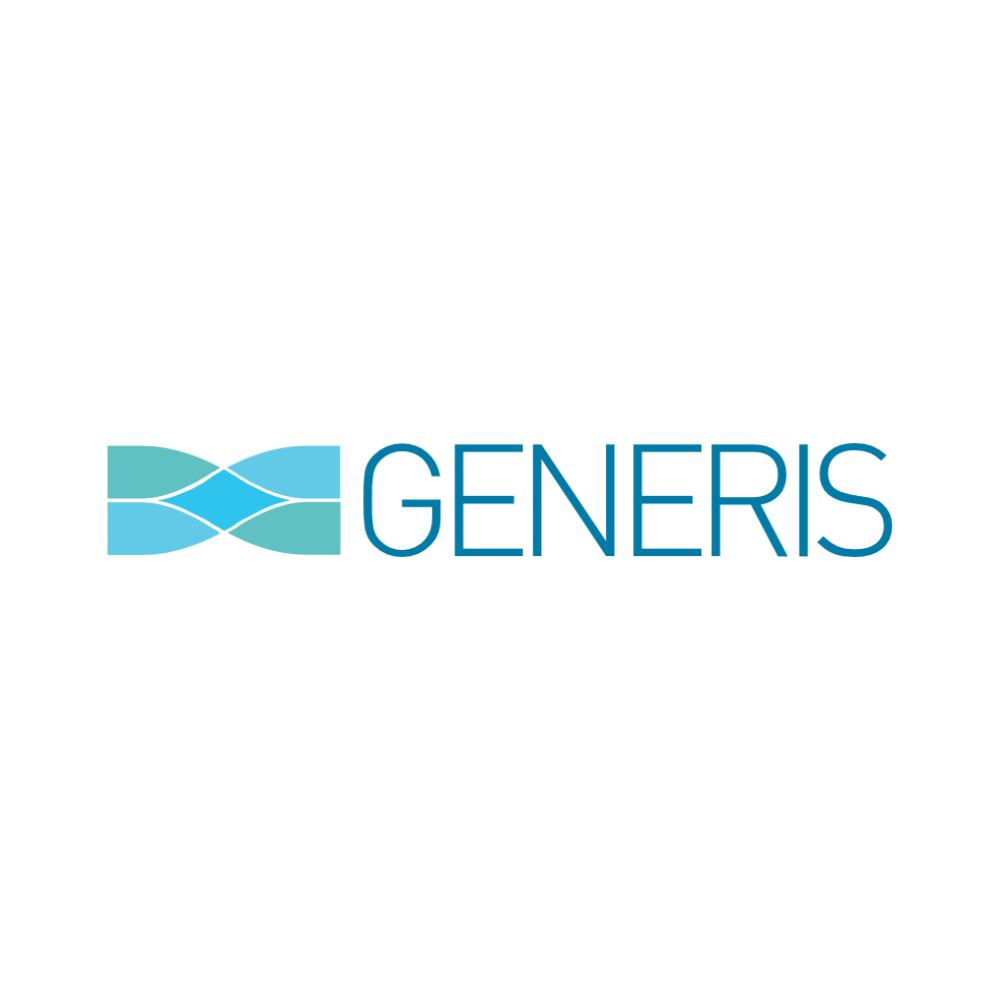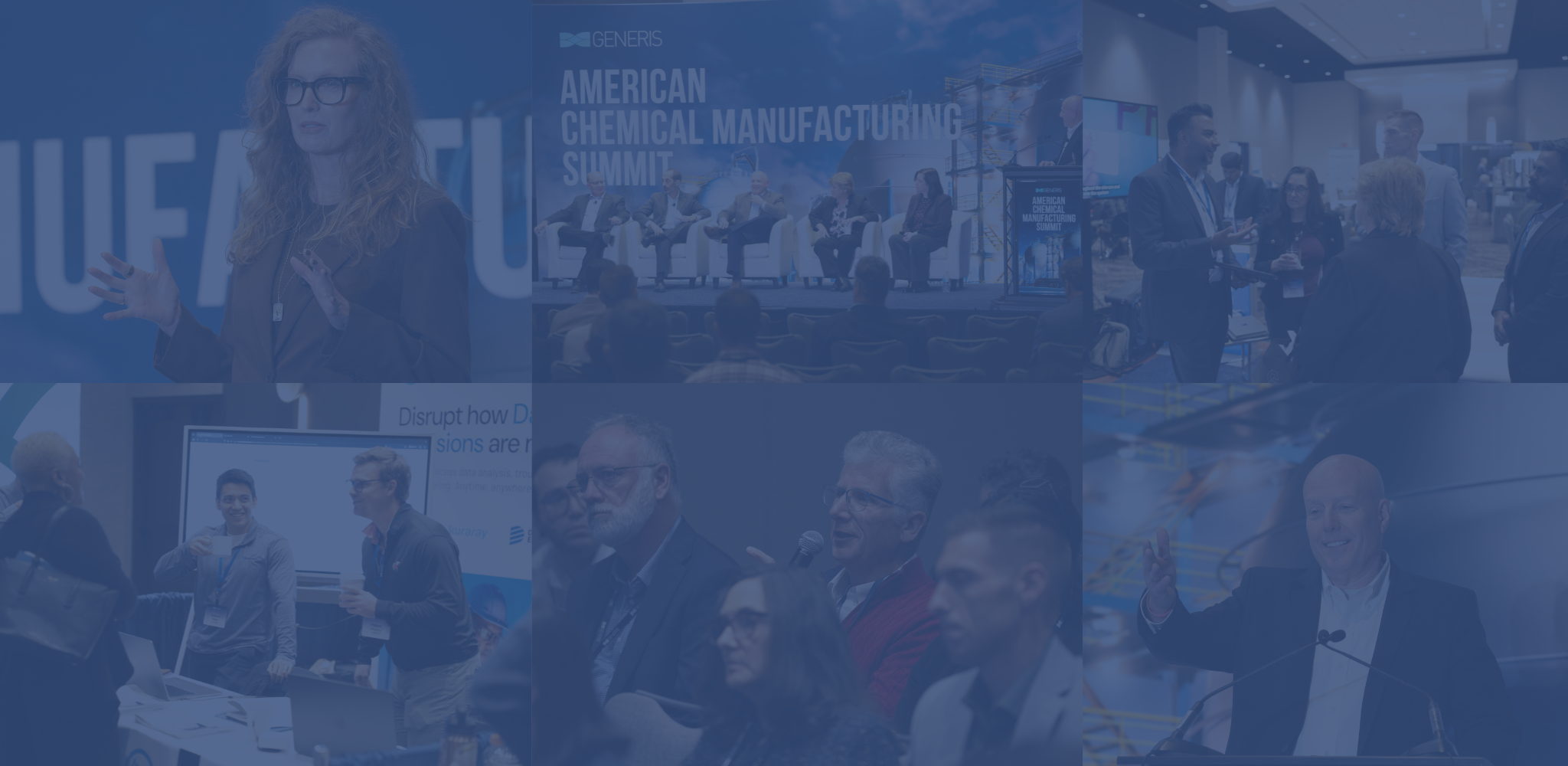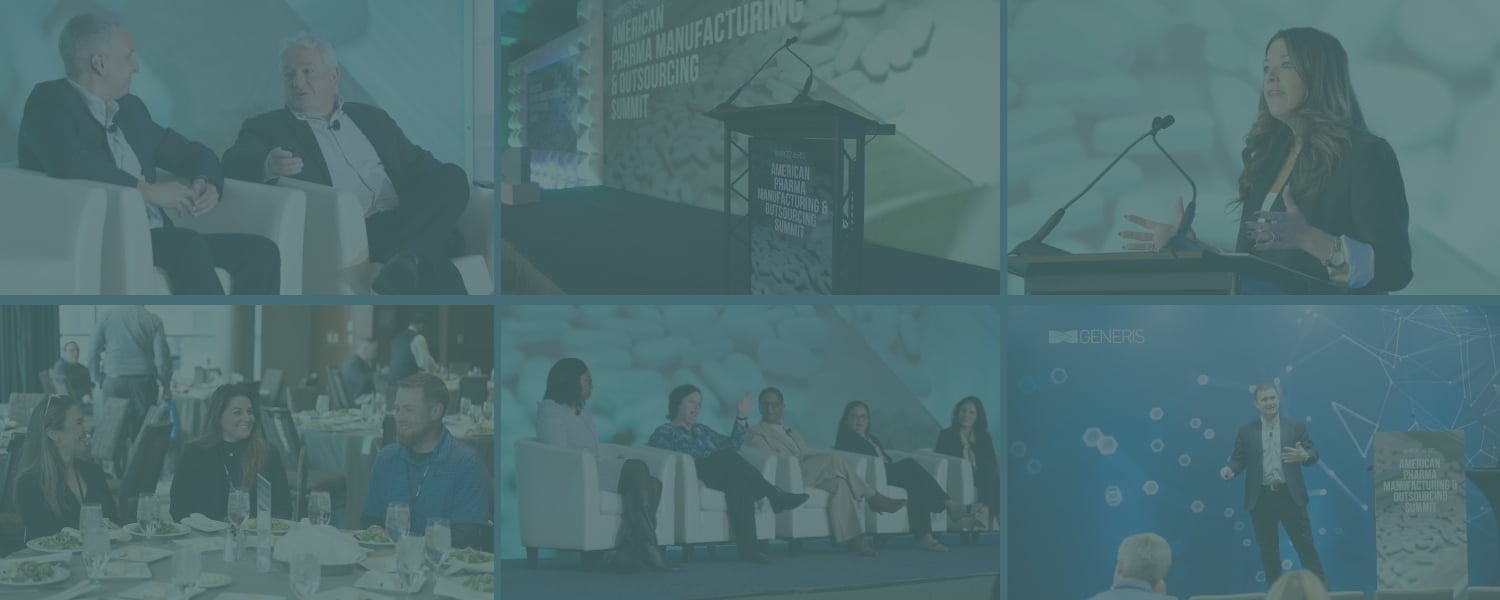Introducing Mona Dine - a visionary leader at the helm of diversity and inclusion - serving as the Chief Diversity Officer and General Manager of Corporate Human Resources at United States Steel Corporation. With a career spanning over two decades, Mona has left an indelible mark on talent development, embedding her expertise across a diverse range of industries, including Finance, Education, and, of course, Manufacturing.
In anticipation of Mona's pivotal role on the DEI panel at our 10th Annual American Manufacturing Summit, we've seized the opportunity to engage her in a conversation shedding light on the intricate dynamics of diversity and inclusion within the manufacturing landscape.
Without further delay, let's dive into our discussion with Mona:
What inspired you to pursue a career in Diversity and Inclusion? Why have you chosen the manufacturing space?
My journey toward a career in Diversity and Inclusion was deeply influenced by my background as a first-generation American. Growing up, I was fortunate to get exposure to a myriad of perspectives and views, thanks to the rich tapestry of cultures that surrounded me. It was this early experience that ignited the spark within me to champion diversity and inclusion.
However, it wasn't just the presence of diversity that shaped my path. In fact, quite the opposite. I grew up in an environment where diversity was often lacking, and the absence of inclusive experiences left a lasting impact on me. The dearth of opportunities to understand and appreciate differences and to truly connect with people from various backgrounds fueled my passion for bridging these gaps. I became driven to create spaces where individuals from all walks of life could not only have their voices heard but also be seen and respected for who they are.
Devoting my career to diversity and inclusion aligns perfectly with my core values and beliefs. The idea of working in an environment where every individual, regardless of their background, is empowered to contribute their unique perspectives fills my professional journey with purpose.
When it comes to the manufacturing space, my choice is deliberate, as this sector embodies my vision of a diverse and inclusive workplace. In manufacturing, there is a strong sense of pride in one's work, a dedication that spans generations, and a work ethic that values collaboration and getting the job done. It's a realm where diversity can shine, where a multitude of backgrounds and experiences can come together to create something greater than the sum of its parts.
How do you balance career, personal life and passions? Is there such a thing as balance?
The concept of balance is a deeply personal one, shaped by each individual's circumstances and evolving priorities. In my journey, I've come to appreciate that this equilibrium takes on a distinct form for every person.
I've been fortunate to discover that my career and my passions don’t have to exist in separate realms; they can harmoniously coexist. I've found ways to seamlessly integrate my passions into my professional life, enriching both spheres. Yet, I'm equally committed to carving out time for the essential pillars of my life – my family, hobbies, and community.
With the rise of automation and technology in manufacturing, how has your role evolved to ensure a skilled and adaptable workforce?
In response to the surging tide of automation and technological advancements within the manufacturing sector, my role has evolved as well. I've undertaken the goal of creating more direct pathways for our workforce to cultivate the skills and experiences necessary not only to keep pace with the current demands of the industry but also to anticipate the ever-evolving needs of the future.
As someone involved in talent development, I hold a profound responsibility to shape not only the workforce of today but also to act as an architect of the workforce of tomorrow. This entails crafting innovative opportunities that enable our employees to continually refine their skill sets, staying ahead of the talent curve. In this age of constant change, my mission is to cultivate a workforce that doesn't merely adapt to the shifting terrain of technology but thrives within it, ensuring that our manufacturing sector remains resilient, adaptive, and forward-looking.

Can you share some strategies your organization employs to foster employee engagement and job satisfaction among manufacturing personnel, including those on the shop floor?
At U. S. Steel, we have developed a robust approach to nurturing employee engagement and job satisfaction among our manufacturing personnel, including those on the shop floor. Our strategy is anchored in a continuous cycle of measuring engagement and responding to the unique needs and aspirations of our workforce with deliberate and targeted action plans.
We firmly believe that to foster a thriving workplace, it is paramount to actively listen to our employees' voices. To this end, we assess their level of engagement, seeking insights into the experiences, challenges, and aspirations of our members. This data serves as a compass guiding our approach.
However, what truly sets our strategy apart is our unwavering commitment to action. We understand that measurement alone is insufficient; it's a response that defines our success. Through a meticulous process of analyzing feedback from our workers, we tailor action plans that are intentional and specific. These plans are designed to address not just the broad strokes but the intricate nuances of our employees' concerns. I have been at the helm of deploying the first-ever enterprise-wide employee survey to go deeper on the feedback we have received.
Our aim is to demonstrate that we value the voices of all our employees by taking tangible steps to meet their needs. By fostering a culture of active listening and responsive action, we create an environment where our employees feel heard, respected, and integral to the success of our organization. This, in turn, cultivates higher levels of engagement, job satisfaction, and a sense of belonging among our manufacturing workforce.
Safety is paramount in manufacturing. How does your department contribute to creating and maintaining a culture of safety among employees?
At U. S. Steel, safety isn't just a priority; it's our guiding principle, encapsulated by the mantra "Safety First." Within the organization, we've taken a proactive stance on safety, extending our commitment beyond physical well-being to encompass a comprehensive "360˚ Safety" approach. This expanded perspective not only focuses on the physical aspects but also delves into the vital realm of psychological safety for all our 14,000 team members.
Our journey toward cultivating a culture of safety begins with fostering an environment of inclusivity and belonging. We've recognized that true safety isn't achieved solely through rules and regulations but by nurturing a sense of community and mutual support. To achieve this, we've invested in education, actively involving our employees in the process, and building bridges that connect us as a cohesive team.
By emphasizing psychological safety, we ensure that every member feels heard, valued, and respected. This approach isn't just about preventing accidents; it's about fostering an atmosphere where every individual can thrive, contributing their best to the organization while knowing they are part of a collective commitment to their well-being.

Diversity goes beyond demographics. How does your role extend to fostering diversity of thought, perspectives, and experiences in manufacturing decision-making processes?
My role transcends the conventional boundaries of diversity, recognizing that it encompasses far more than demographic differences. It involves a deliberate and inclusive approach to decision-making within the manufacturing realm, one that extends a welcoming hand to a diverse array of voices, experiences, and perspectives.
The essence of this approach lies in our commitment to involving a wide spectrum of individuals in the decision-making process. We actively seek out professionals from varying roles, experience levels, and backgrounds, recognizing that each brings a unique set of insights and viewpoints to the table. Our aim is clear: to cultivate a decision-making landscape that is rich in diversity of thought.
By assembling a diverse team, we ensure that the choices we make are thoroughly examined from multiple angles and that potential blind spots are illuminated. This not only enhances the quality of our decisions but also fosters an environment where innovation thrives and creativity flourishes.
In essence, our approach is a testament to our belief that diversity of thought is the cornerstone of progressive decision-making in the manufacturing domain. It's about creating a culture where every voice is valued, every perspective is considered, and every experience is drawn upon, resulting in decisions that are not just optimal but reflective of the diverse tapestry that comprises our organization.
In addition, my role is to nurture our 8 Employee Resource Groups to further encourage understanding, shared experiences, and different perspectives that create a richer environment for employees.
What trends and emerging practices do you see in diversity and inclusion within manufacturing, and how do you adapt your strategies accordingly?
In the ever-evolving landscape of diversity and inclusion within manufacturing, a key trend that has emerged centers around the development of a workforce strategy with a dual focus. This strategy is not just about building a diverse talent pipeline but also nurturing an inclusive culture that retains and actively supports the continuous growth and skill development of our workforce, effectively preparing them for the challenges and opportunities of tomorrow.
This trend underscores the realization that diversity and inclusion are not standalone initiatives but integral components of a holistic workforce strategy. It is not enough to merely attract a diverse talent pool; it is equally vital to continually foster an environment where every individual feels a sense of belonging and is empowered to thrive.
In response to this trend, we invest in programs and practices that go beyond recruitment, focusing on the ongoing support and development of our workforce. This includes fostering an inclusive culture that encourages collaboration and innovation, offering opportunities for continuous skill development and providing resources for career advancement.
As we wrap up our conversation with Mona Dine, we hope you've found it both enjoyable and insightful!
If you're eager to delve deeper into the world of manufacturing and gain more insights from Mona and other industry pioneers, we invite you to join us at the upcoming 10th Annual American Manufacturing Summit!
%20(1).png?width=773&height=112&name=Generis%20Logo%20full%20Colour%20(Large)%20(1).png)
%20(1).jpg?width=410&height=615&name=mona%20headshot1%20(002)%20(1).jpg)




